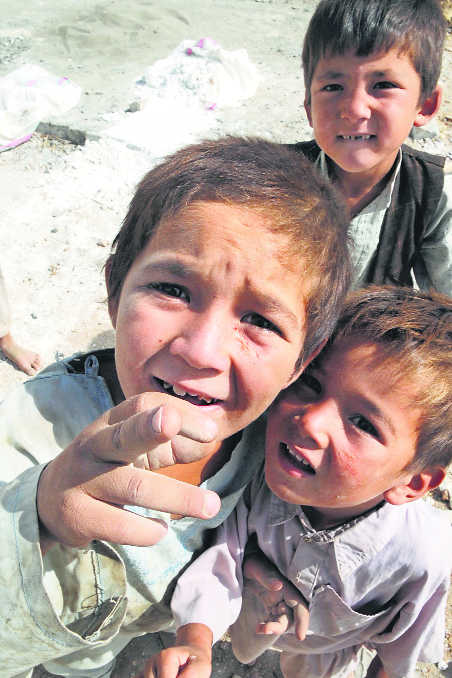Ramya Subrahmanian*

- Six grave violations experienced by children include: Recruitment and use of children during conflict. Killing or maiming them. Sexual violence and abduction. Attacks against schools and hospitals, and the denial of humanitarian access.
- In India, a total 197 out of the country’s 640 districts remain officially designated as “disturbed” under the AFSPA. At least 3,000 children – about 500 in the North-East& J&K and about 2,500 in Left-wing extremism-affected areas are involved in conflict.
- At least 545 children were killed and 1,149 injured in 790 documented incidents in Afghanistan. Afghanistan is an example, where children were found to be not just recruited as soldiers but also detained in juvenile centres for indirect involvement (including as couriers and messengers), increasing their vulnerability to further abuse whilst in detention.
Children in a school in Afghanistan. Children caught in conflicts do not just lose out on years of schooling but are actively pushed into the workforce at a young age. AFP
Consequences of conflict on children are manifold, be it as observers, participants or targets. Their vulnerability leads them to being subjected to homicide, violent discipline and abuse of all kind
The pre-meditated murder of over a 100 children in an armed attack on a military school in Peshawar in December last year shocked the world. Images of children filling Gaza hospitals during the shelling of Palestinian villages and towns last year invoked a similar sense of outrage and despair. Boko Haram conducted a widely reported attack on a school in North-eastern Nigeria leading to over 200 girls being abducted to serve as “brides” for their cadres. In many ways, 2014 showed to the world the ugliest side of human nature.
